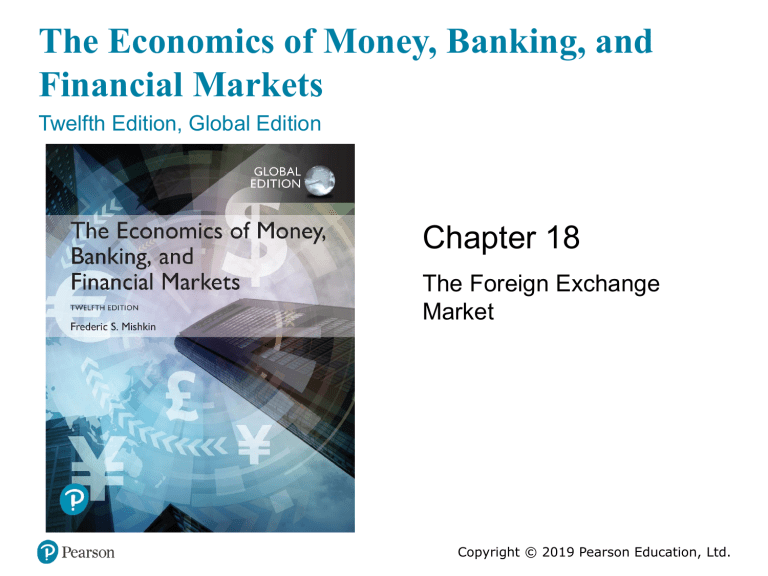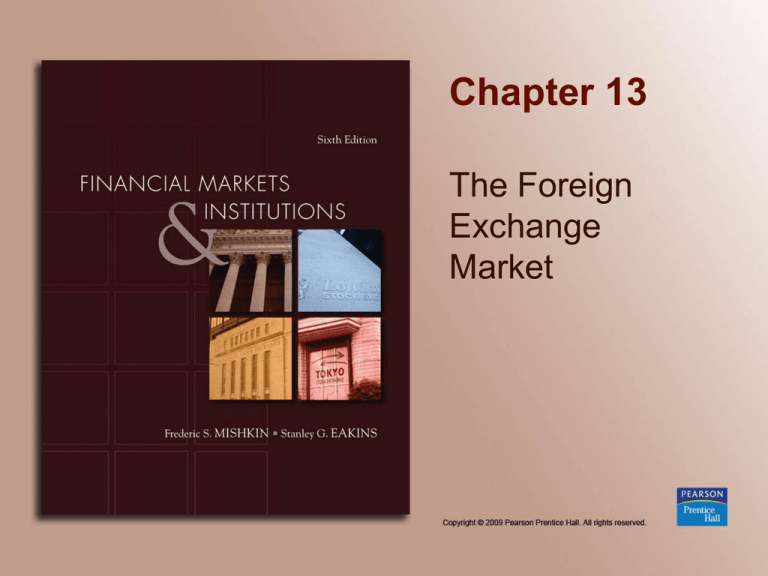The Black Book Project on Foreign Exchange Market, a groundbreaking initiative, has shed unprecedented light on the intricacies of this dynamic financial arena. Delving into its origins, objectives, and key findings, this project has revolutionized our understanding of currency markets and their impact on global economies.
Through meticulous data collection and analysis, the Black Book Project has identified major trends and patterns that shape the foreign exchange landscape. Its insights have not only enriched our knowledge but also influenced market strategies and risk management practices, empowering market participants to navigate the complexities of this ever-evolving market.
Introduction to the Black Book Project on Foreign Exchange Market

The Black Book Project on Foreign Exchange Market is a comprehensive and in-depth research initiative that aims to provide a thorough understanding of the intricate workings of the global foreign exchange market.
Do not overlook explore the latest data about importance of foreign exchange market in zimbabwe.
Conceived in the early 2000s, the project was spearheaded by a consortium of leading financial institutions, academics, and market practitioners with the objective of creating a definitive reference guide for professionals and students alike.
Origins and Objectives of the Project
The genesis of the Black Book Project lies in the recognition of the growing complexity and interconnectedness of the foreign exchange market. As the global economy became increasingly intertwined, the need for a comprehensive resource that could unravel the complexities of this dynamic market became evident.
The project's primary objectives were to:
- Provide a comprehensive overview of the foreign exchange market, covering its history, structure, and key players.
- Analyze the various factors that influence exchange rates, including economic, political, and market sentiment.
- Examine the different types of foreign exchange instruments and their uses. li>Explore the strategies and techniques employed by market participants to manage foreign exchange risk.
Methodology and Data Sources
The Black Book Project employs a comprehensive methodology to gather and analyze data on the foreign exchange market. This includes a combination of quantitative and qualitative techniques to ensure a holistic understanding of the market's dynamics.
Discover the crucial elements that make foreign exchange market graph inflation the top choice.
Primary data is collected through a combination of surveys, interviews, and market observation. The surveys are designed to capture the perspectives of market participants, including traders, investors, and analysts. Interviews are conducted with key industry experts to gain insights into the market's underlying drivers and trends. Market observation involves monitoring market data and news to identify patterns and emerging opportunities.
Examine how foreign exchange options and risk management market dynamics models and human behaviour can boost performance in your area.
Data Sources
The primary data sources used in the Black Book Project include:
- Surveys: Surveys are conducted with a wide range of market participants, including traders, investors, and analysts. The surveys cover a range of topics, including market sentiment, trading strategies, and risk management practices.
- Interviews: Interviews are conducted with key industry experts, including economists, analysts, and fund managers. The interviews provide insights into the market's underlying drivers and trends, as well as the perspectives of different market participants.
- Market observation: Market observation involves monitoring market data and news to identify patterns and emerging opportunities. This includes tracking currency prices, economic indicators, and geopolitical events that may impact the foreign exchange market.
The reliability of these data sources is assessed through a combination of factors, including the reputation of the source, the consistency of the data, and the degree of corroboration from other sources.
Key Findings and Insights

The Black Book Project on Foreign Exchange Market revealed several significant findings and insights into the dynamics of the global currency market.
One of the key trends observed was the increasing volatility and uncertainty in the foreign exchange market. This volatility was driven by various factors, including geopolitical tensions, economic policy changes, and global events such as the COVID-19 pandemic.
Impact of Economic Policy, Black book project on foreign exchange market
- Changes in interest rates by central banks had a significant impact on currency values, with higher interest rates attracting capital flows and strengthening currencies.
- Fiscal policies, such as government spending and taxation, also played a role in shaping currency values, influencing economic growth and inflation expectations.
Role of Geopolitical Factors
- Political instability, conflicts, and trade disputes could lead to sharp fluctuations in currency values, as investors sought safe havens or adjusted their risk appetite.
- Geopolitical events, such as the Russia-Ukraine conflict, highlighted the impact of political uncertainty on currency markets.
Implications of Volatility
The increased volatility in the foreign exchange market has implications for businesses, investors, and policymakers.
- Businesses involved in international trade faced greater currency risk, requiring effective hedging strategies to mitigate potential losses.
- Investors seeking diversification in their portfolios needed to consider the impact of currency fluctuations on their investments.
- Policymakers had to balance the need for monetary stability with the potential impact of currency fluctuations on economic growth and inflation.
Impact on Market Participants
The Black Book Project's revelations have profoundly impacted various market participants, influencing their strategies and decision-making.Central banks have utilized the project's findings to enhance their understanding of market dynamics and improve monetary policy implementation. Commercial banks have employed the insights to refine their risk management practices and optimize foreign exchange operations.
Hedge Funds
Hedge funds have benefited significantly from the Black Book Project's data and analysis. The project's insights have enabled them to:- Identify trading opportunities and develop more effective strategies.
- Improve risk management by gaining a deeper understanding of market liquidity and volatility.
- Enhance their understanding of the impact of central bank policies on foreign exchange markets.
Applications in Risk Management
 The Black Book Project has numerous applications in risk management within the foreign exchange market. Its findings have provided valuable insights into the dynamics of the market, enabling market participants to identify and mitigate risks more effectively.
The Black Book Project has numerous applications in risk management within the foreign exchange market. Its findings have provided valuable insights into the dynamics of the market, enabling market participants to identify and mitigate risks more effectively. Risk Identification
The project's comprehensive analysis of market data has helped identify key risk factors that affect the foreign exchange market. These include factors such as economic conditions, geopolitical events, and central bank policies. By understanding the potential impact of these factors, market participants can develop strategies to mitigate their exposure to risks.Risk Mitigation
The findings of the Black Book Project have also been used to develop risk mitigation strategies. For example, the project's analysis of currency volatility has helped market participants identify periods of high risk and adjust their trading strategies accordingly. Additionally, the project's research on market liquidity has helped market participants identify potential liquidity risks and develop strategies to avoid them.Limitations and Future Directions: Black Book Project On Foreign Exchange Market
The Black Book Project has several limitations that provide opportunities for further research and development.
One limitation is the scope of the data. The project currently focuses on a limited number of currency pairs and time periods. Expanding the data set to include more currencies and a longer time frame would provide a more comprehensive view of the foreign exchange market.
Future Directions
- Expand the data set to include more currencies and a longer time frame.
- Develop new models and techniques for analyzing the data.
- Apply the findings of the project to practical applications in risk management and trading.
- Explore the use of machine learning and artificial intelligence to automate the analysis of the data.
- Investigate the relationship between the foreign exchange market and other financial markets.
Final Review
In conclusion, the Black Book Project on Foreign Exchange Market stands as a testament to the power of data-driven research in shaping our understanding of financial markets. Its findings have not only expanded our knowledge but also provided invaluable tools for market participants to navigate the challenges and opportunities of the foreign exchange market. As the market continues to evolve, the Black Book Project remains an indispensable resource, guiding us towards a deeper understanding of this complex and ever-changing landscape.
